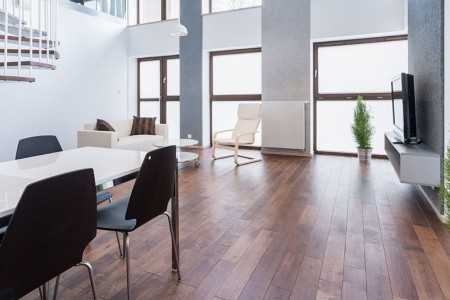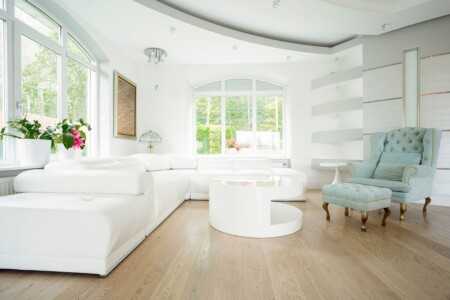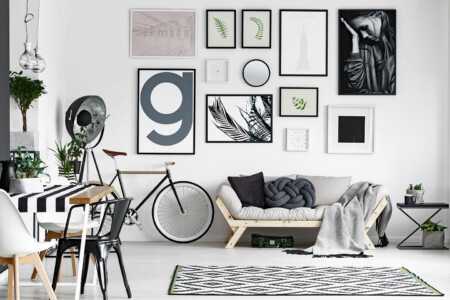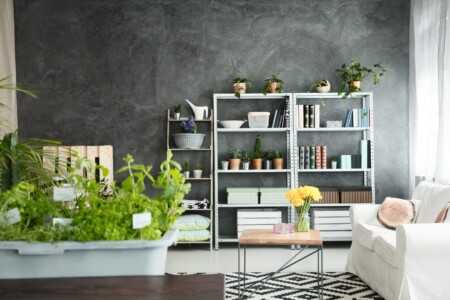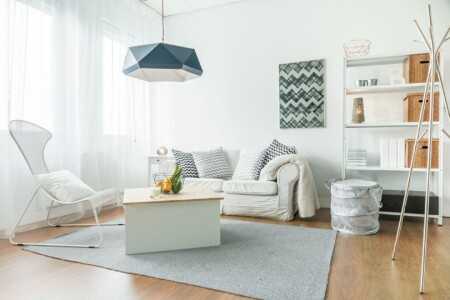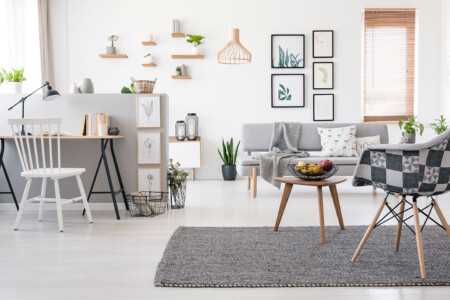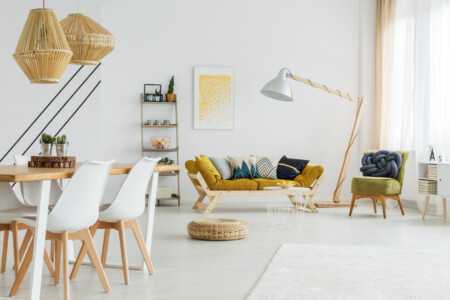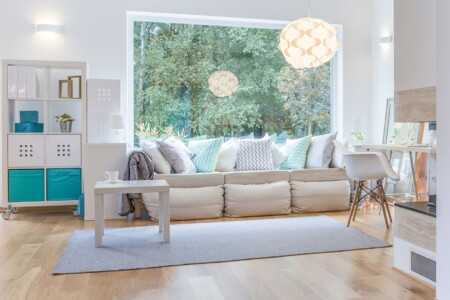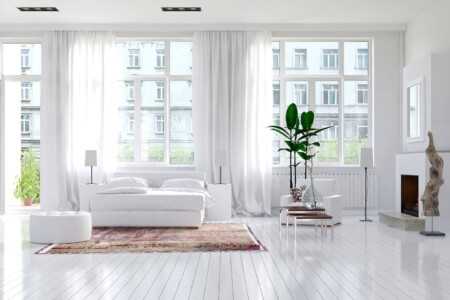How suitable is this 2 people 1-room studio in Hurghada Corniche for school-age children?

Assessing the practicality of a 2-people 1-room studio on Hurghada Corniche for school-age children
Finding the right living space for families with school-age children can be challenging, especially in vibrant areas like Hurghada Corniche. When considering a 2-people 1-room studio located in this popular location, it’s important to evaluate whether such a setup effectively supports the needs of children attending school. This assessment revolves around space, safety, accessibility, and the general environment that impacts a child’s daily routine and growth.
Space and comfort for children in a studio setup
School-age children require a certain level of personal space to thrive, both academically and emotionally. A 1-room studio designed for two people typically features a combined living, sleeping, and sometimes kitchen area. This compact arrangement can pose challenges when children need a quiet spot for studying or play. Without separate bedrooms or designated areas, distractions may increase, making it harder for kids to concentrate on homework or enjoy downtime.
However, creative use of space can mitigate some limitations. For instance, multifunctional furniture like fold-away beds or desks can help carve out study zones. Moreover, families can add storage solutions to keep toys, books, and school supplies organized and out of the way, preventing clutter from overwhelming the limited space.
Safety considerations near Hurghada Corniche
Safety is a fundamental aspect parents consider when choosing accommodation. The Corniche area is known for its lively atmosphere, proximity to the sea, and busy streets. For children, especially those who are school-age and possibly commuting independently, this environment presents both opportunities and risks.
While the beachfront offers enjoyable outdoor activities and fresh air, parents must ensure that the studio’s location within Hurghada Corniche has adequate childproofing. This includes checking for secure windows, balcony railings, and safe access points to prevent accidents. Additionally, traffic flow around the Corniche should be evaluated—does the area have sidewalks, pedestrian crossings, and traffic calming measures? These factors contribute greatly to the daily well-being and independence of school-age kids.
Accessibility to schools and educational facilities
Living close to good schools is a major advantage when assessing accommodation feasibility for children. Hurghada Corniche offers various schooling options, including international and local institutions. The studio’s proximity to these schools can reduce commute times, which helps kids arrive on time and have more energy for after-school activities.
Parents should consider the availability of safe transports such as school buses, public transit routes, or the feasibility of walking or biking with safe pathways. For a 2-people 1-room studio, ensuring easy access to education places enhances practicality by supporting children’s academic and social needs.
Community and social interaction opportunities
Children benefit immensely from regular social interaction. The Corniche is a social hub with parks, playgrounds, and various family-friendly venues. Families living in a small studio can still encourage children to engage with peers through these local amenities, promoting healthy development beyond the confines of a compact living space.
Access to recreational areas nearby can offset the limited indoor space and contribute positively to a child’s physical activity and emotional well-being.
Daily living and routine adjustments
Adapting daily routines is essential when living in a small studio. Families might face challenges with private time, meal preparation, and sleep schedules, especially with school-start times and after-school activities. Efficient use of the kitchen, maintaining a tidy environment, and clear routines are vital strategies to make the studio more child-friendly.
Parents of school-age children should pay attention to noise management between study hours and rest times. Small studios can amplify sound, so investing in noise-reduction measures or scheduling quiet periods can support children’s focus and relaxation.
Summary of key factors to weigh
- Space: Limited but manageable with smart furniture and storage.
- Safety: Needs thorough evaluation of building and neighborhood safety features.
- School Access: Proximity to schools and secure commutes are crucial.
- Outdoor Amenities: Availability of nearby parks and play areas enhances living quality.
- Routine Management: requires planning to balance study, rest, and family time.
Ultimately, a 2-people 1-room studio on Hurghada Corniche can be suitable for families with school-age children, but it demands thoughtful considerations and adjustments. Families who are keen on maximizing the advantages of this studio must evaluate how well the living space fits their lifestyle, their children’s needs for learning and play, and how the location supports safety and schooling. By addressing these aspects, the studio can provide a cozy and practical home base in one of Hurghada’s most sought-after areas.
Key considerations for creating a child-friendly living space in a compact studio apartment
Maximizing space for both comfort and functionality
Creating a living space that suits school-age children in a compact studio apartment requires careful planning. You want the area to feel open and easy to move around, even though space is limited. This balance is crucial to make the space comfortable for children who need room to play, study, and rest. Consider multifunctional furniture, such as a fold-out bed or desks that double as storage units. These items help maximize floor space while keeping the room organized.
Think about using vertical space as well. Shelves mounted on walls or storage bins stacked safely can keep toys, books, and school supplies off the floor. This not only frees up space but also reduces the risk of tripping accidents, creating a safer environment for children. When kids have clearly defined areas for different activities, such as a small corner for reading or homework, they tend to focus better and feel calmer.
Ensuring safety in a small studio environment
Safety is always a top priority when living with school-age children, especially in a smaller area where things can easily get cluttered. Sharp corners on furniture can cause injuries, so opting for rounded edges or cushioned bumpers can protect your child from bumps and bruises. Additionally, securing heavy furniture to the walls prevents tipping accidents, which can happen more easily in tight spaces.
Another important safety factor is electrical outlets and cords. In a compact studio, it is usually harder to keep these out of reach. You can use outlet covers and cord organizers to ensure children aren’t exposed to electrical hazards. Also, maintain a clear space around windows and balconies for safety, particularly if your studio apartment has access to an outdoor area like a balcony.
Designing a study area that encourages learning
School-age children need a dedicated spot for doing homework or remote learning, which can be challenging to create in a one-room studio. However, even a small desk or table with a comfortable chair and good lighting can make a big difference. Preferably, this study area should be away from distractions like the television or kitchen.
Good lighting, both natural and artificial, improves concentration and reduces eye strain. You can add a desk lamp with adjustable brightness to help during cloudy days or evening study sessions. Keeping school supplies organized with containers or drawers nearby enables your child to access everything they need quickly, which helps maintain focus.
Organizing play and rest zones
Children rely on playtime for mental and physical development, so allocating a small area where they can play safely matters. Even in a limited space, you can mark a spot with a colorful rug or play mat. This visual boundary cues your child that it’s playtime, helping them transition from study or rest periods.
Equally important is creating a restful sleeping area. Using a space-saving bed such as a loft bed or trundle bed can separate the sleeping zone from other parts of the room. Having a cozy bed with soft bedding encourages good sleep habits, which are essential for school-age children’s growth and learning.
Choosing kid-friendly and durable materials
When selecting furniture and decor for a child-friendly studio, durability is key. Choose materials that are easy to clean and resist stains, as children tend to be messy. Fabrics like microfiber or vinyl are practical choices for sofas and chairs. Avoid sharp or breakable decor items.
Non-toxic paints and finishes are important for indoor air quality and your child’s health. Also, consider using bright colors and playful patterns in your design. These elements can stimulate creativity and happiness, making the compact space more inviting.
Maintaining flexibility for changing needs
As children grow, their needs change. A space that works well for a younger child may not suit an older school-age child. Keep flexibility in mind by choosing furniture and layouts that can adapt over time. For example, adjustable desks and chairs accommodate growth, and modular storage can be reconfigured easily.
Rotating toys and books helps keep the space fresh and encourages your child’s evolving interests. Regularly reassess the arrangement of the room to ensure it continues to support your child’s learning, play, and rest effectively.
Involving children in creating their space
Children are more likely to feel comfortable and take care of their space when they have a say in how it’s arranged. Encourage your child to choose colors, decorations, or the location of their study and play areas. This involvement creates a sense of ownership and responsibility.
Additionally, teaching your child organization skills early on, such as tidying up toys after play or keeping school supplies neat, will benefit both you and your child in managing the limited space efficiently.
Enhancing natural light and ventilation
Natural light helps lift mood and improve productivity, which is especially important for children. Maximize windows by using light, sheer curtains that allow sunlight while maintaining privacy. Good ventilation also promotes a healthy environment, reducing the risk of allergies and promoting well-being.
If possible, position your child’s study and play areas near an open window or a source of fresh air. This simple trick refreshes the room and keeps your child’s energy positive throughout the day.
Balancing privacy and family interaction
In a single-room studio, privacy can be limited. Consider using lightweight room dividers, curtains, or even a bookshelf as a partition to create separate zones for your child. This setup allows them to focus on studying or rest while still feeling connected to the family space.
Respecting your child’s need for quiet and personal space supports emotional health and helps them develop independence, even in a small living area.
Designing a studio apartment to suit the needs of school-age children takes thoughtful consideration. By applying smart storage solutions, safety measures, flexible design, and involving your child in the process, you can create a nurturing, functional space that supports their growth, learning, and play, even within compact living quarters.
Summary of key points
Choosing a 2-people, 1-room studio on Hurghada Corniche as a living space for school-age children requires thoughtful evaluation. While the location offers vibrant surroundings and proximity to schools and recreational spots, the limited space challenges how well it suits the needs of growing kids. Creating a child-friendly environment in such a compact setting means prioritizing smart furniture choices, efficient storage, and clear zones for studying, playing, and resting.
Parents and guardians must carefully balance the apartment’s size with the children’s need for comfort and functionality. Design tweaks that maximize vertical space and utilize multi-purpose furniture can make the studio more adaptable to a child’s routine. Additionally, ensuring safety through secure window treatments, childproofed corners, and accessible layouts is essential in a small apartment.
Ultimately, a 1-room studio on Hurghada Corniche can work for school-age children if these practical living strategies are in place. With proper planning and adjustment, it is possible to create a nurturing environment even within modest square footage. The key lies in making the most of the available space while supporting the child’s educational and developmental needs. This keeps daily life manageable and fulfilling for both children and their caregivers in this dynamic coastal setting.
4-bedroom apartment in Magawish for young kids
4-bedroom apartment in Magawish for young kids
3-bedroom apartment in Mubarak 6 for a baby and a toddler

